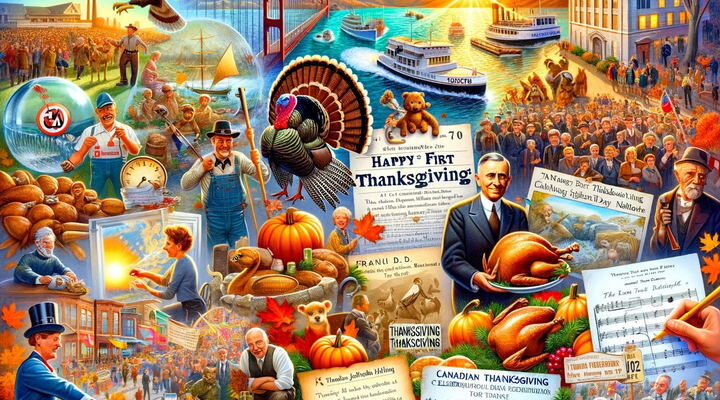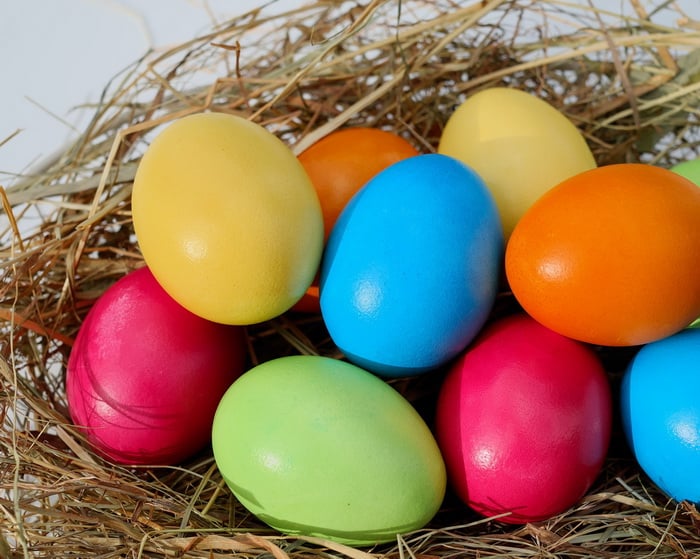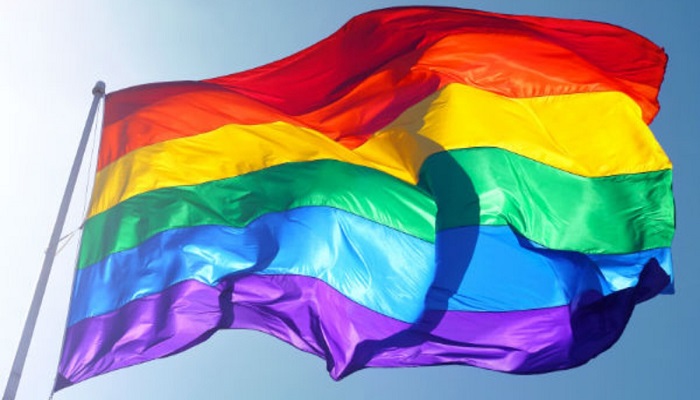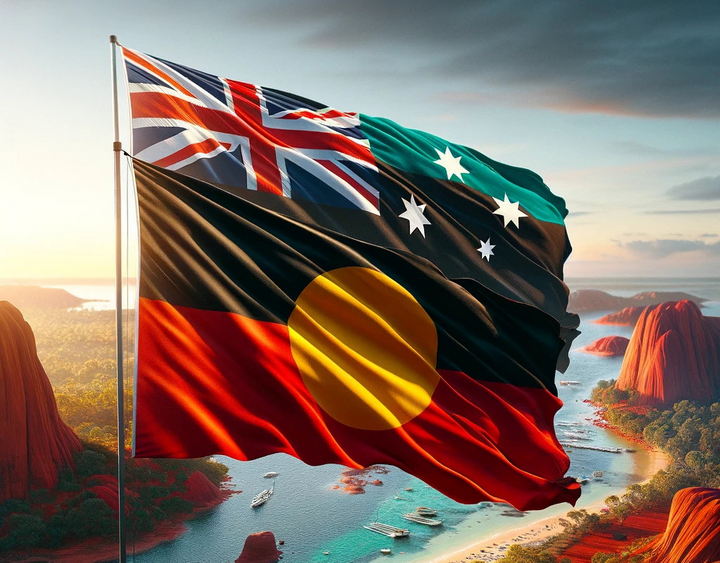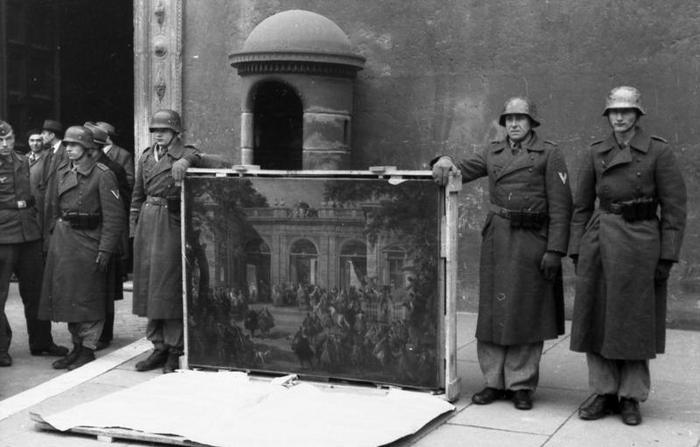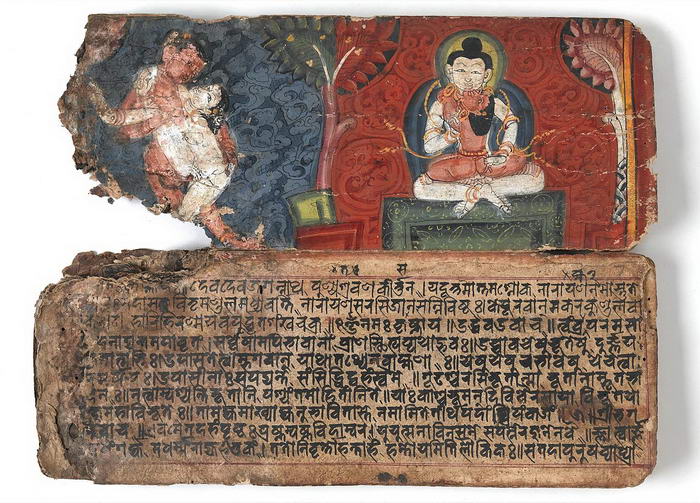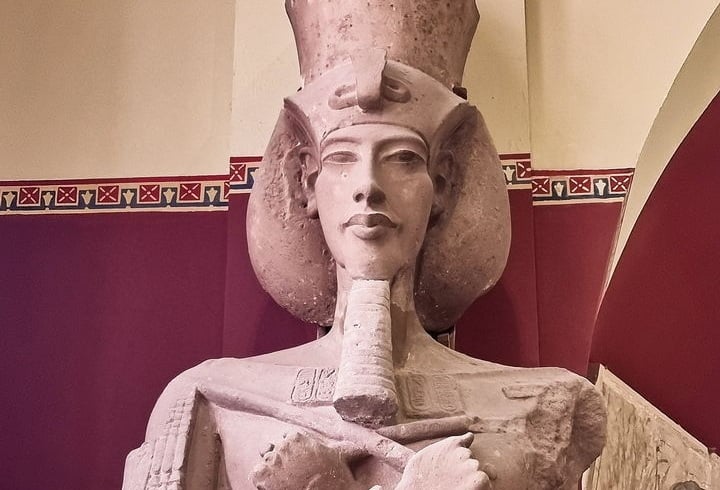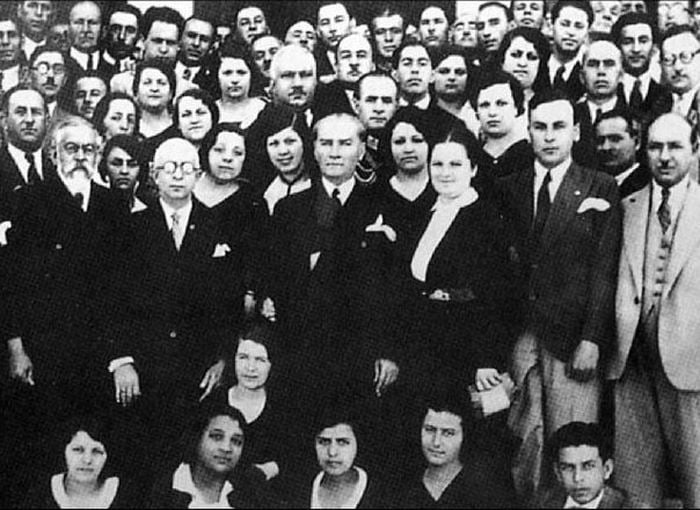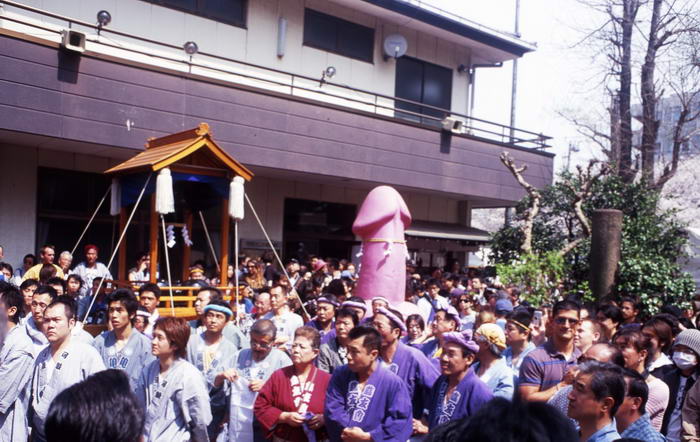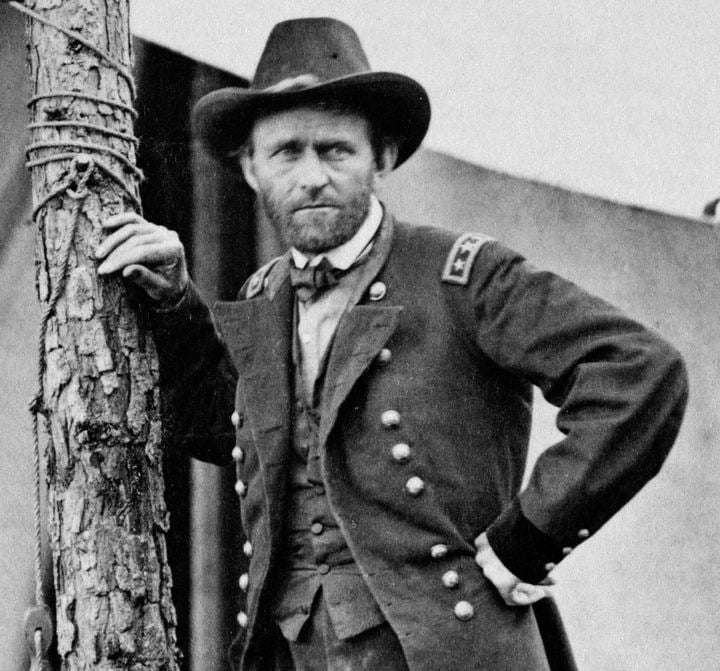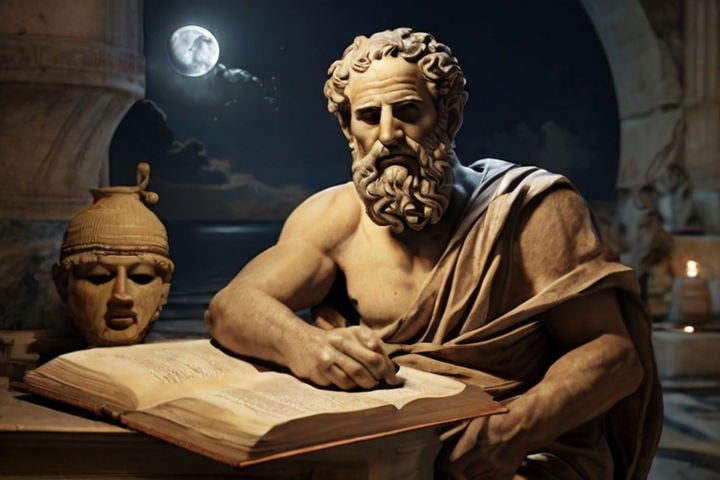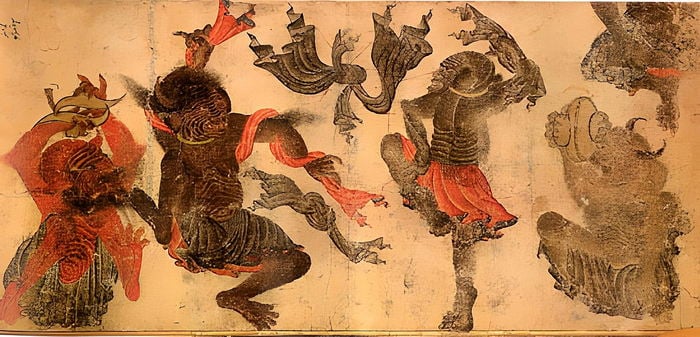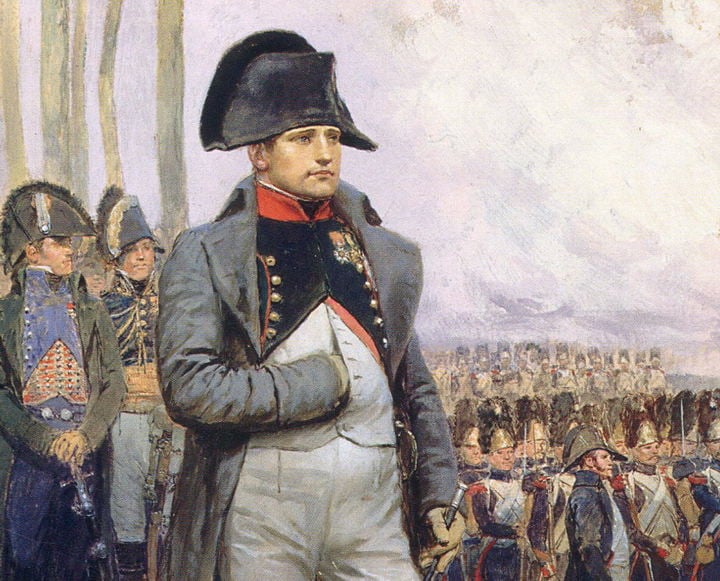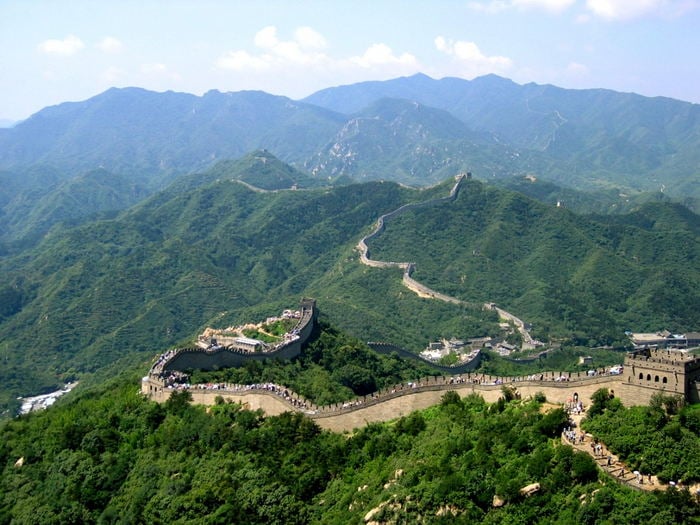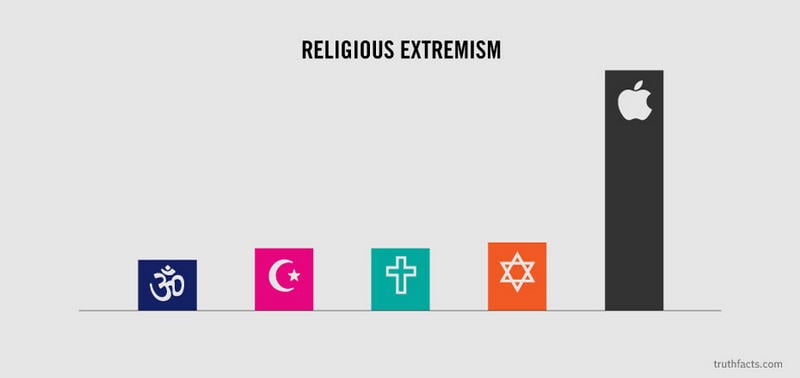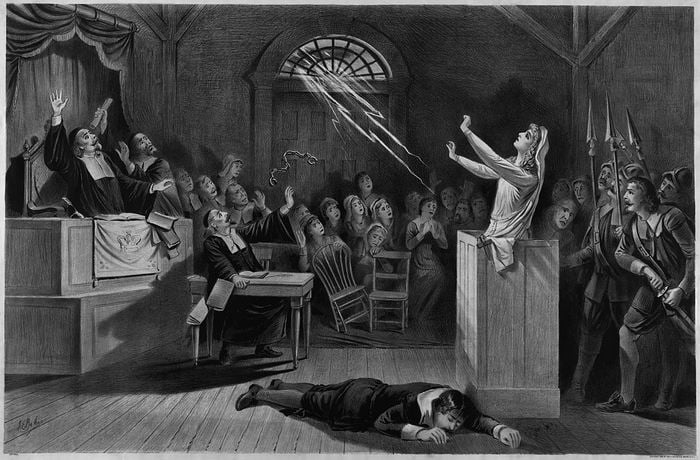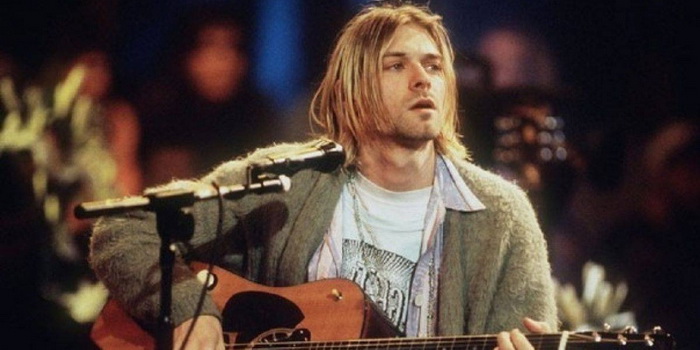Thanksgiving, a holiday deeply rooted in American tradition, stands out as a celebration of gratitude, family, and, of course, food. Every fourth Thursday of November, families and friends gather around tables laden with steaming dishes, marking a day of unity and thankfulness.
In 2023, Thanksgiving takes on an even more significant role. With the backdrop of a world adapting to new norms, this holiday remains a beacon of comfort and nostalgia. Traditional meals and homemade cooking have gained renewed appreciation, as nearly 80% of Americans choose to craft their feasts from scratch, a nod to the holiday’s roots and a testament to its enduring charm.
But Thanksgiving isn’t just about the turkey and the trimmings. It’s a holiday that shapes the very fabric of American culture and impacts the economy in notable ways. In recent years, Thanksgiving has contributed significantly to annual sales, with a notable $2.8 billion sales lift observed in 2022 compared to an average week. This year, despite the challenges posed by inflation, more than a third of Americans are determined to maintain the grandeur of their Thanksgiving meals, a reflection of the holiday’s unwavering spirit.
Shopping trends around Thanksgiving have also evolved. Many now seek early deals, adapting to economic shifts, yet the essence of the holiday remains unchanged. Interestingly, the holiday isn’t solely about homemade dishes anymore. Pre-made contributions from restaurants and retailers are finding their way to many Thanksgiving tables, blending convenience with tradition.
As we look towards Thanksgiving facts, it’s clear that its core – a day for giving thanks and gathering with loved ones – continues to resonate strongly. It’s a holiday that not only brings people together but also significantly influences shopping behaviors and cultural trends.
10 – A Plumbing Nightmare: Why Black Friday is a Busy Day for Plumbers
You might think of Black Friday as a day for blockbuster sales and crowded shopping malls, but there’s another, less-known side to it: it’s the busiest day of the year for plumbers. After the Thanksgiving feast, many households find themselves facing clogged sinks and malfunctioning garbage disposals. It turns out that the oils, fats, and scraps from cooking the holiday meal often end up down the kitchen sink, leading to a spike in emergency plumbing calls. It’s a stark reminder to be mindful of what goes down our drains, especially when cooking in large quantities.
09 – A Feast of Fowl: Americans’ Massive Turkey Consumption

The scale of turkey consumption in the United States during Thanksgiving is staggering. Each year, Americans collectively eat around 704 million pounds of turkey on Thanksgiving Day. This figure illustrates not just the bird’s central role in the holiday feast but also the immense scale of poultry farming and supply chain logistics involved in meeting this annual demand. The turkey, a symbol of abundance and festivity, is at the heart of Thanksgiving’s culinary tradition, embodying the spirit of gratitude and togetherness that defines the holiday.
08 – The Origins of Thanksgiving: A Historical Snapshot
The first Thanksgiving is a subject often shrouded in myth and legend. But its best-known account comes from a letter written by a colonist named Edward Winslow. This letter provides valuable insights into the historical celebration, which was quite different from today’s festive dinners. Contrary to popular belief, the menu likely lacked a big, roasted turkey and instead featured venison, local seafood, and fruits of the first pilgrim harvest. This event, marked by cooperation and shared bounty between the Wampanoag Native Americans and the Plymouth colonists, laid the foundation for a tradition that continues to evolve and be celebrated centuries later.
07 – Unthanksgiving Day: A Unique Commemoration on Alcatraz Island
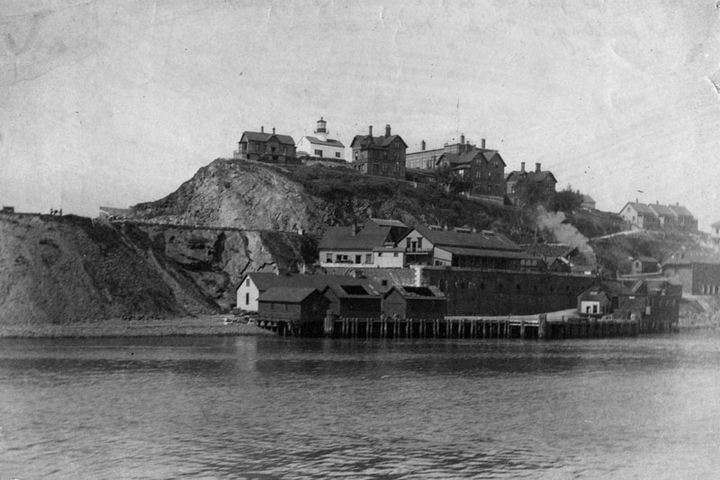
Since 1975, Alcatraz Island has been the host of a less-known but significant observance known as ‘Unthanksgiving Day’. This day, also referred to as the Indigenous Peoples’ Sunrise Gathering, stands as a poignant counter-narrative to the traditional Thanksgiving story. It commemorates the survival and resilience of Native Americans following the arrival and settlement of Europeans in the Americas. The event, which began following the occupation of Alcatraz by Native American activists in 1969, serves as a reminder of the rich history and ongoing struggles of indigenous peoples, offering a different perspective on the Thanksgiving narrative.
06 – A Northern Thanksgiving: Canada’s October Celebration
While Thanksgiving is often associated with the United States, our northern neighbor Canada also celebrates this holiday, albeit in a different month. Canadian Thanksgiving occurs on the second Monday of October and has its own unique history and traditions. Stemming from a celebration of a safe voyage more than 40 years before the Mayflower crossing, it shares similar themes of harvest and gratitude but is distinct in its timing and cultural nuances. Canadian Thanksgiving, marked by family gatherings and festive meals, underscores the universality of the theme of thankfulness across different cultures and timelines.
05 – A Presidential Shift: FDR’s Adjustment of Thanksgiving Date
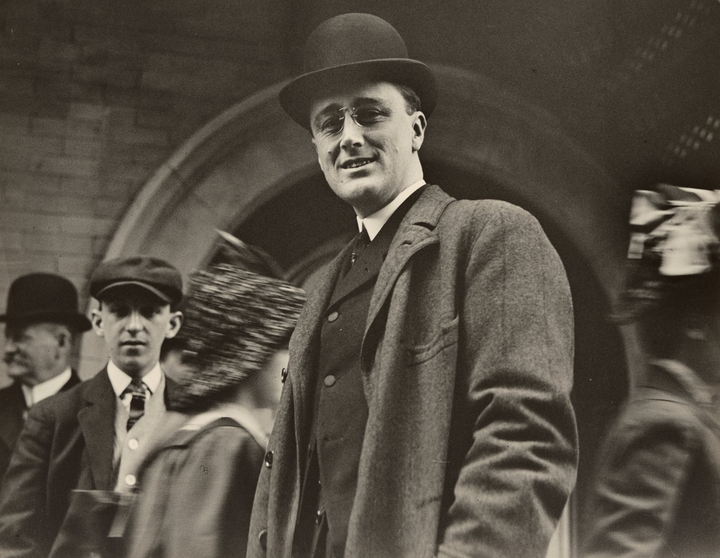
In a bold move during his presidency, Franklin D. Roosevelt decided to shift Thanksgiving up by a week. This decision, made in 1939, was motivated by economic reasons; moving the holiday up a week extended the Christmas shopping season, which was thought to help businesses during the tail-end of the Great Depression. However, this change met with significant public and state resistance, leading to a divided celebration across the country for a couple of years. In 1941, Congress officially set Thanksgiving as the fourth Thursday of November, resolving this confusion and establishing the date we know today.
04 – The Literary Link: How ‘Mary Had a Little Lamb’ Influenced Thanksgiving
A surprising literary connection to Thanksgiving is the role of Sarah Josepha Hale, the author of the nursery rhyme “Mary Had a Little Lamb”. Hale, also an influential magazine editor and dedicated abolitionist, tirelessly campaigned for Thanksgiving to be recognized as a national holiday. Her persistent lobbying, which spanned several decades, finally bore fruit in 1863 when President Abraham Lincoln officially proclaimed a national day of Thanksgiving. Hale’s efforts are a testament to the power of advocacy and the surprising intersections between literature and national traditions.
03 – Jefferson’s Stance: The President Who Refuted Thanksgiving
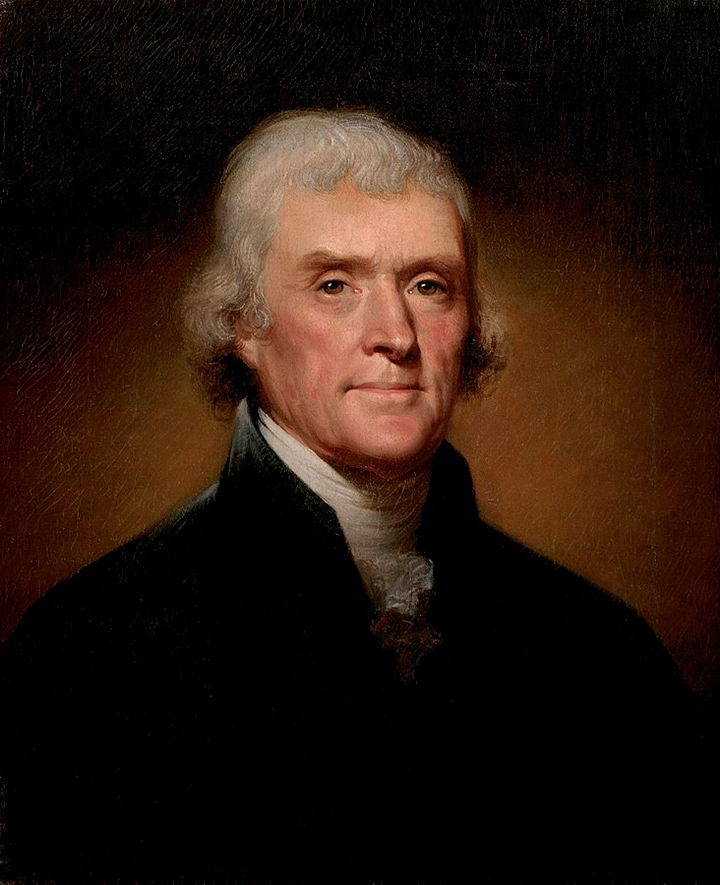
Thomas Jefferson, renowned for his contributions to the founding of the United States, had a notably different view of Thanksgiving. As a staunch advocate for the separation of church and state, Jefferson refused to declare Thanksgiving a national holiday. He believed that a day of prayer and fasting, as Thanksgiving was originally observed, was an inappropriate mix of government with religious practices. This stance reflects Jefferson’s enduring commitment to religious freedom and the separation of church and state, principles that continue to be significant in American governance.
02 – The Evolution of a Parade: Macy’s Thanksgiving Day Tradition
The iconic Macy’s Thanksgiving Day Parade, a staple of the holiday season, had humble beginnings without the giant balloons we associate with it today. The first parade in 1924, then known as Macy’s Christmas Parade, was a way to celebrate the expansion of Macy’s flagship store in New York City. It featured live animals from the Central Park Zoo, including bears and elephants, instead of balloons. The introduction of the famous oversized balloons came only in 1927, transforming the parade into the spectacle it is known for today, a symbol of festive celebration and communal joy.
01 – A Song for Thanksgiving: The Surprising Origins of ‘Jingle Bells’
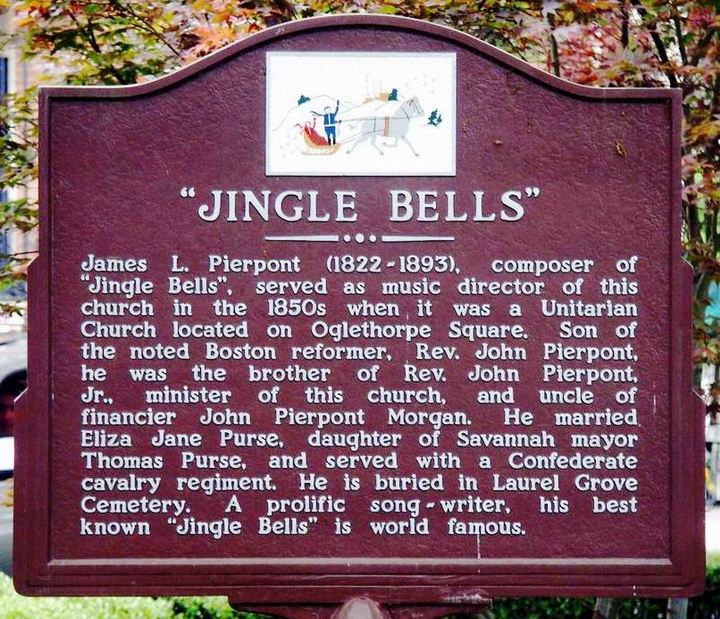
The popular Christmas carol “Jingle Bells” has a lesser-known connection to Thanksgiving. Originally titled “The One Horse Open Sleigh,” it was composed by James Lord Pierpont in 1857 for a Thanksgiving church service in Savannah, Georgia. The song gained immense popularity during the Christmas season, leading to a change in its title and association. The transition from a Thanksgiving tune to a Christmas anthem is a fascinating example of how cultural artifacts can evolve and acquire new meanings over time, becoming embedded in different aspects of holiday traditions.
Thanksgiving and Its Profound Impact on American Culture and Economy
As a day steeped in history and tradition, Thanksgiving has always been more than just a holiday feast. It’s a cornerstone of American culture, a reflection of the nation’s values, and a significant player in the economic landscape.
Thanksgiving’s cultural impact is profound. It’s a day that encapsulates the spirit of gratitude, family, and togetherness. Traditionally, families gather to share meals, often featuring recipes passed down through generations. This ritual, more than just a culinary practice, is a symbolic act of preserving and honoring family heritage and history. In 2023, with traditional meals and homemade cooking being more prominent, Thanksgiving is witnessing a resurgence of these age-old traditions, reinforcing its role as a key cultural event.
The economics of Thanksgiving
But the influence of Thanksgiving extends beyond the dinner table. Economically, it’s a powerhouse. Marking one of the busiest shopping periods of the year, Thanksgiving has a significant impact on sales and consumer spending. In 2022, the holiday contributed to a $2.8 billion sales lift. And similar trends are expected this year, despite inflationary pressures. This economic ripple effect is not just limited to food retailers. It encompasses a wide range of sectors, from home decor to electronics, as shoppers seek deals and prepare for the holiday season.
Interestingly, Thanksgiving shopping behaviors have evolved over the years. Many now start looking for deals well in advance, a strategy to manage costs effectively. Yet, most purchases for the Thanksgiving meal occur in the week prior, underscoring the last-minute rush that is almost synonymous with the holiday. Another emerging trend is the inclusion of pre-made items from restaurants and retailers in Thanksgiving dinners. This blend of homemade and store-bought items reflects a changing America.
In essence, Thanksgiving encapsulates a blend of steadfast tradition and evolving trends. It’s a holiday that not only brings families together but also plays a pivotal role in shaping consumer behavior and boosting the economy.
Embracing the Essence of Thanksgiving: Tradition, Togetherness, and Transformation
As we reflect on the multifaceted nature of Thanksgiving, it’s evident that this holiday is much more than a day for feasting. It’s a symbol of continuity and change, a reflection of the nation’s heart and soul. Thanksgiving, with its deep roots in American history and culture, stands as a testament to the values of gratitude, family, and community.
The enduring appeal of Thanksgiving lies in its ability to blend tradition with modernity. In 2023, as we observe the return to traditional meals and the inclusion of homemade dishes, we also witness the adaptability of this holiday. The economic and cultural shifts have not diminished the spirit of Thanksgiving; rather, they have added new dimensions to its celebration. The infusion of pre-made items and the strategic shopping behaviors highlight how Thanksgiving continues to evolve while retaining its core essence.
Moreover, Thanksgiving is a time for reflection and appreciation. Amidst the bustling preparations and the allure of sales, it’s crucial to pause and acknowledge the true meaning of the day. It’s a moment to celebrate the bonds we share, to express gratitude for our blessings, and to extend kindness and support to those around us.
As Thanksgiving 2023 approaches, let us embrace both the old and the new. Let’s hold onto the cherished traditions that give this holiday its unique character while welcoming the changes that reflect our evolving world. Thanksgiving is not just a date on the calendar; it’s a celebration of who we are as a people, a mirror to our collective identity, and a reminder of the enduring power of gratitude and togetherness.


